Home>Storage Ideas>Bathroom Storage>How To Replace A Toilet
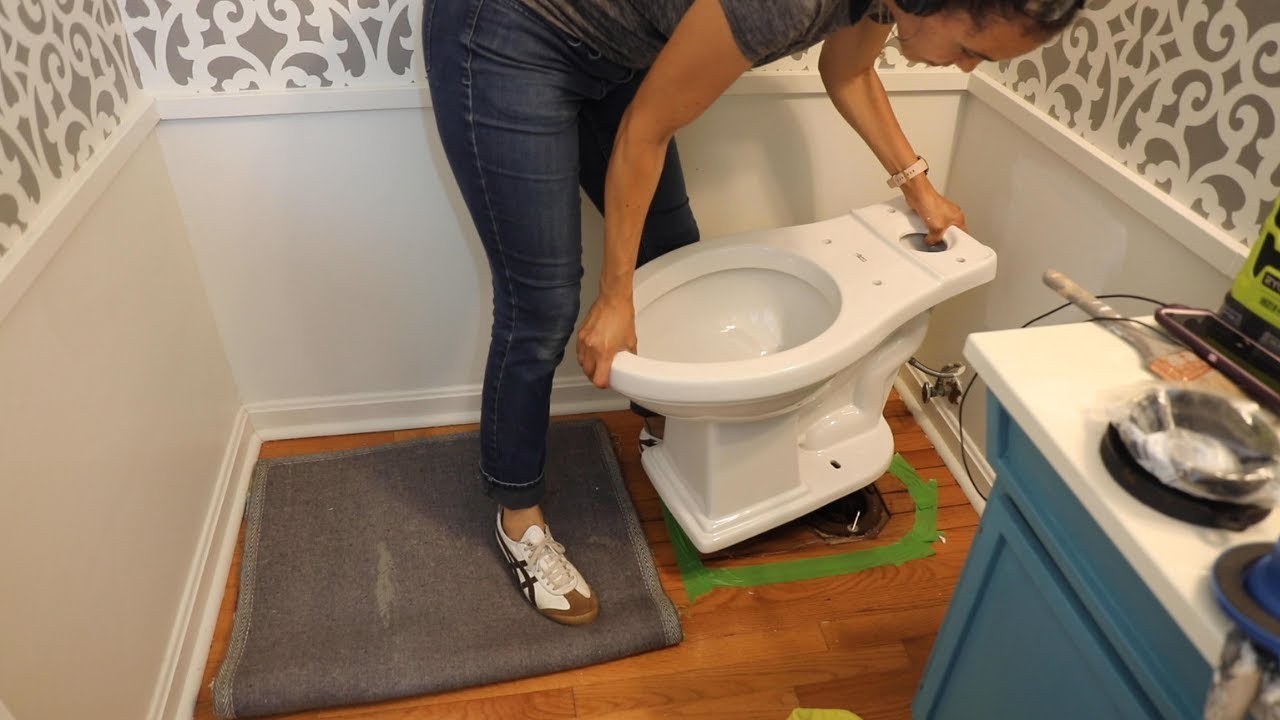

Bathroom Storage
How To Replace A Toilet
Modified: January 7, 2024
Learn how to replace a toilet and maximize your bathroom storage with our step-by-step guide. Transform your bathroom into a functional and organized space!
(Many of the links in this article redirect to a specific reviewed product. Your purchase of these products through affiliate links helps to generate commission for Storables.com, at no extra cost. Learn more)
Introduction
Welcome to the world of bathroom storage! Whether you have a small powder room or a spacious master bathroom, having an organized and functional storage space is essential. Keeping your bathroom clutter-free not only enhances the overall aesthetic but also allows for a more relaxing and enjoyable experience.
In this comprehensive guide, we will explore various bathroom storage solutions to help you make the most of your space. From cabinets and shelves to vanity organizers and shower caddies, we will cover it all. Prepare to transform your bathroom into a well-organized oasis!
Before we dive into the different storage options, let’s first understand the importance of efficient bathroom storage. A well-designed storage system maximizes the available space, ensuring that everything you need is easily accessible and neatly arranged. No more rummaging through drawers or knocking over toiletries!
Additionally, a clutter-free bathroom creates a sense of calm and serenity. Imagine stepping into a clean, organized space where every item has its designated place. Not only does this contribute to a relaxing environment, but it also saves you time and reduces stress during your daily routine.
Now that we understand the benefits of effective bathroom storage, let’s explore the various tools and materials you will need to bring organization to your bathroom.
Key Takeaways:
- Efficient bathroom storage is essential for a clutter-free and relaxing environment. Proper tools, materials, and step-by-step instructions are crucial for successfully replacing a toilet and creating an organized oasis.
- Replacing a toilet requires careful preparation, installation, and testing. Attention to detail, safety, and final touches ensures a reliable and aesthetically pleasing bathroom fixture.
Read more: How To Replace A Toilet Bowl
Tools and Materials
Before beginning any bathroom storage project, it’s important to gather all the necessary tools and materials. Having everything on hand will save you time and frustration during the installation process. Here is a list of some commonly used tools and materials:
- Screwdriver: Both flathead and Phillips head screwdrivers may be needed for different parts of the installation.
- Drill: A power drill is useful for securing shelves or brackets to the wall.
- Level: A level ensures that your shelves or cabinets are installed straight and even.
- Tape Measure: Accurate measurements are crucial for ensuring that your storage solutions fit properly in your bathroom.
- Pencil: Marking your measurements and drilling points with a pencil will help guide your installation.
- Wall Anchors: If you’re mounting shelves or cabinets to drywall, wall anchors are essential for added stability.
- Screws and Nails: Depending on the type of wall and installation, you may need screws or nails to secure your storage solutions.
- Mounting Brackets: These brackets are used to secure shelves or cabinets to the wall.
- Adhesive or Caulk: For certain installations, such as attaching a mirror or sealing gaps, adhesive or caulk may be required.
- Safety Glasses and Gloves: Protecting your eyes and hands during the installation process is important for your safety.
In addition to the tools listed above, the materials you’ll need will depend on the specific type of bathroom storage you’re installing. Common materials include:
- Cabinets: Wooden or composite cabinets, along with hinges and handles.
- Shelves: Various types of shelving, such as glass, wood, or metal, along with brackets or supports.
- Drawer Organizers: Dividers and trays to keep your drawers tidy and organized.
- Over-the-Door Hooks: Perfect for hanging towels or robes on the back of your bathroom door.
- Baskets and Bins: Use these to corral smaller items and create a cohesive storage system.
- Shower Caddies: Hanging or suction cup caddies to keep your shower essentials within reach.
- Toilet Paper Holders and Towel Bars: Sturdy fixtures to hold your bathroom essentials.
By having these tools and materials readily available, you’ll be well-prepared to tackle any bathroom storage project. Now that we’re equipped, let’s move on to the step-by-step process of replacing a toilet.
Step 1: Turn off the Water Supply
Before you can replace a toilet, it’s crucial to turn off the water supply to prevent any potential flooding or leaks. Follow these steps to safely shut off the water:
- Locate the shut-off valve: The shut-off valve is typically located near the base of the toilet or on the wall behind the toilet. It is a small valve with a round or oval-shaped handle.
- Turn off the water supply: To shut off the water, turn the valve handle clockwise (to the right) until it stops. This will stop the flow of water to the toilet.
- Flush the toilet: Once the water supply is turned off, flush the toilet to drain out any remaining water in the tank and bowl. This will make it easier to remove the toilet later on.
- Disconnect the water supply line: The water supply line connects the shut-off valve to the bottom of the toilet tank. Use an adjustable wrench to loosen the nut connecting the supply line to the valve. Once loose, carefully unscrew the nut by hand and detach the supply line from the valve.
It’s important to remember that shutting off the water supply is a crucial step in toilet replacement to prevent any potential water damage. Take your time, follow these steps carefully, and ensure that the water is completely turned off before proceeding to the next step.
Now that the water supply is safely shut off, we can move on to Step 2: Removing the Old Toilet.
Step 2: Remove the Old Toilet
Once the water supply is turned off and the toilet is flushed, it’s time to remove the old toilet. Follow these steps to safely and efficiently remove the old fixture:
- Remove the tank lid: Carefully lift the lid off the toilet tank and set it aside in a safe place.
- Empty the tank: If there is any remaining water in the tank, use a sponge or towel to soak it up and squeeze it into a bucket. This will make the toilet lighter and easier to handle during removal.
- Disconnect the tank from the bowl: Locate the bolts connecting the tank to the bowl. These are usually found underneath the tank and can be accessed by removing the caps covering the bolt heads. Use an adjustable wrench to loosen and remove the nuts securing the bolts. Once the bolts are removed, lift the tank off the bowl and set it aside.
- Disconnect the water supply tube: The water supply tube connects the fill valve in the bottom of the tank to the shut-off valve. Use an adjustable wrench to loosen the nut attaching the supply tube to the fill valve. Once loose, carefully unscrew the nut by hand and detach the supply tube.
- Remove the toilet bowl: The bowl is sealed to the floor with a wax ring. To remove it, use caution and make sure you have a good grip on the bowl. Slowly rock the bowl back and forth to break the seal. Once the seal is broken, lift the bowl straight up and set it aside.
- Cap off the sewer pipe: Before proceeding with the installation of the new toilet, it’s important to cap off the exposed sewer pipe to prevent any unpleasant odors or gases from entering your bathroom. Use a cap specifically designed for this purpose and securely attach it to the pipe.
Removing the old toilet can be a messy task, so it’s a good idea to have some old towels or rags on hand to catch any water or debris. Take your time and be cautious when handling the toilet components to avoid damage or injury. With the old toilet removed, we can now move on to Step 3: Preparing for Installation.
Step 3: Prepare for Installation
With the old toilet removed, it’s time to prepare for the installation of the new toilet. Proper preparation ensures a smooth and successful installation process. Follow these steps to get ready:
- Clean the area: Take this opportunity to thoroughly clean the floor around the area where the toilet will be installed. Remove any debris, old wax ring residue, or dirt to ensure a clean and stable surface for the new toilet.
- Inspect the flange: The flange is the round fitting that connects the toilet to the sewer pipe. Check for any damages or cracks in the flange. If you notice any issues, it’s recommended to replace the flange before proceeding.
- Replace the wax ring: The wax ring creates a watertight seal between the toilet and the flange. Carefully remove the old wax ring from the flange and discard it. Replace it with a new wax ring, ensuring it is centered on the flange.
- Position the toilet bolts: The toilet bolts, also known as closet bolts, secure the toilet bowl to the flange. Insert them into the flange, making sure they are aligned properly and evenly spaced for a secure fit.
- Prepare the new toilet: If the new toilet does not come pre-assembled, follow the manufacturer’s instructions to assemble the tank and bowl. Make sure all the necessary components, such as the fill valve and flush mechanism, are properly installed.
- Place the toilet bowl: Carefully lower the toilet bowl onto the wax ring, ensuring that the bolts protrude through the mounting holes on the base of the toilet. Apply gentle pressure to compress the wax ring and create a tight seal.
- Secure the toilet: Place a washer and a nut onto each toilet bolt and tighten them alternately until the toilet is securely fastened to the floor. Be careful not to overtighten, as this can damage the toilet or flange.
- Connect the tank: Position the tank onto the toilet bowl, aligning the mounting holes. Insert the tank bolts through the holes and secure them with washers and nuts. Tighten the nuts until the tank is firmly attached to the bowl, but again, be cautious not to overtighten.
- Connect the water supply: Reconnect the water supply tube to the fill valve on the bottom of the tank. Use an adjustable wrench to tighten the nut, ensuring a secure connection.
With the new toilet prepared and securely in place, we are ready to move on to Step 4: Install the New Toilet.
When replacing a toilet, always shut off the water supply and disconnect the supply line before removing the old toilet. This will prevent any water from leaking and make the process much easier.
Read more: When To Replace Toilet
Step 4: Install the New Toilet
Now that the preparation is complete, it’s time to install the new toilet. Follow these steps to ensure a proper installation:
- Adjust the toilet position: Before securing the toilet to the floor, make sure it is properly aligned and level. Adjust its position if needed to ensure a symmetrical appearance.
- Tighten the toilet bolts: With the toilet in the desired position, use an adjustable wrench to tighten the nuts on the toilet bolts. Tighten them evenly and alternately to secure the toilet bowl to the flange. Avoid over-tightening, as this can crack the toilet or damage the wax ring.
- Attach the tank: Align the tank with the bowl and insert the tank bolts through the mounting holes on the bowl. Secure them with washers and nuts, tightening them evenly on both sides to ensure a secure connection. Again, avoid over-tightening.
- Connect the water supply: Reattach the water supply tube to the fill valve on the bottom of the tank. Use an adjustable wrench to tighten the nut, ensuring a secure connection but without excessive force.
- Turn on the water supply: Slowly turn on the water supply valve to allow water to fill the tank. Check for any leaks around the connection points and tighten them if necessary. Allow the tank to fill completely.
- Test the flush mechanism: With the tank filled, test the flushing mechanism by pressing the flush lever. Ensure that the water flushes properly and the tank refills without any issues. Adjust the fill valve if needed for proper water level.
- Inspect for leaks: Carefully inspect around the base of the toilet and the connection points for any signs of water leakage. If you notice any leaks, tighten the connections or replace any faulty parts.
Installing a new toilet may require some adjustments and fine-tuning. Take your time, follow the steps carefully, and ensure a proper and secure installation. With the new toilet successfully installed, we can move on to Step 5: Test for Proper Installation.
Step 5: Test for Proper Installation
After installing a new toilet, it’s important to thoroughly test it to ensure that it has been installed correctly and functions properly. Follow these steps to test the toilet for proper installation:
- Flush the toilet: Press the flush lever to flush the toilet and observe the water flow. Make sure that the water flushes smoothly, without any backups or clogs.
- Check for leaks: Carefully inspect the base of the toilet for any signs of water leakage. Run your hand along the base and feel for any moisture. If you notice any leaks, tighten the connection points or replace the wax ring.
- Assess water levels: Take note of the water level in the toilet bowl after flushing. It should return to its normal level within a few minutes. If the water level remains unusually high or low, adjust the fill valve accordingly.
- Inspect tank refill: Observe the tank as it refills after flushing. The fill valve should stop releasing water once the tank is full. If the water continues to run, adjust or replace the fill valve to prevent wasteful water usage.
- Test flush power: Test the toilet’s flush power by flushing with toilet paper or other waste materials. Ensure that everything is properly flushed away, leaving the bowl clean and empty.
- Listen for unusual sounds: While the toilet is flushing and refilling, listen for any unusual sounds, such as excessive gurgling or banging. These sounds could indicate plumbing issues that require further attention.
- Check stability: Carefully sit on the toilet and wiggle to check for stability. The toilet should feel solid and secure, without any rocking or movement. If it feels unstable, check the installation and tighten the connection points.
By following these testing steps, you can identify any potential issues with the toilet installation and take the necessary steps to address them. It’s important to ensure that your new toilet is functioning properly before moving on to the final steps.
Now that you have tested the new toilet for proper installation, we can proceed to Step 6: Final Touches and Clean up.
Step 6: Final Touches and Clean up
With the new toilet successfully installed and tested, it’s time to add the final touches and complete the clean-up process. Follow these steps to add those finishing touches:
- Replace the tank lid: Place the tank lid back onto the tank, ensuring it is properly aligned and securely seated.
- Check and adjust the seat: Ensure that the toilet seat is properly aligned and secure. If needed, adjust the seat hinges or tighten the screws to prevent any wobbling or shifting.
- Ensure proper ventilation: Make sure the bathroom has adequate ventilation to prevent the buildup of moisture and odors. Open a window or run the exhaust fan to maintain a fresh and pleasant bathroom environment.
- Clean up the work area: Dispose of any packaging materials and clean up any debris or tools left behind from the installation process. Wipe down the toilet and surrounding areas with a mild cleaner to remove any smudges or fingerprints.
- Inspect for any additional leaks: Give the toilet one final inspection for any signs of water leaks around the base, tank, or connections. If any leaks are detected, take the necessary steps to fix them, such as tightening the connections or replacing faulty parts.
- Enjoy your new toilet: Once the final touches and clean-up are complete, it’s time to sit back, relax, and enjoy your newly installed and fully functional toilet. Take pride in your successful DIY project!
Congratulations! You have successfully replaced your old toilet with a brand new one. By following these steps and taking the necessary precautions, you have ensured a proper installation that will provide you with a reliable, efficient, and aesthetically pleasing bathroom fixture for years to come.
Remember to periodically check and maintain your toilet to prevent any future issues or leaks. Regular cleaning and inspections will help prolong the life of your toilet and maintain its optimal performance.
We hope this guide has been helpful in guiding you through the process of replacing a toilet. Now you can enjoy the benefits of your newly installed toilet and an organized bathroom. Happy flushing!
Want to explore more bathroom storage ideas? Check out our other articles on organizing your vanity, maximizing shower space, and optimizing under-sink storage.
Conclusion
Transforming your bathroom into a well-organized oasis doesn’t have to be a daunting task. With the right tools, materials, and step-by-step instructions, you can successfully replace a toilet and create a functional and aesthetically pleasing bathroom space.
Throughout this guide, we’ve discussed the importance of efficient bathroom storage and provided you with a comprehensive overview of the installation process. From turning off the water supply to removing the old toilet, preparing for installation, and completing the final touches, each step plays a vital role in ensuring a smooth and successful project.
By following the steps outlined in this guide, you can confidently tackle the task of replacing a toilet, knowing that you have the knowledge and skills to do so. Remember to take your time, pay attention to detail, and prioritize safety during the installation process. Always consult the manufacturer’s instructions for specific guidance pertaining to your toilet model.
Once your new toilet is installed, take a moment to appreciate the transformation and the improved functionality it brings to your bathroom. Enjoy the peace of mind that comes with an organized and clutter-free space, and savor the convenience of a properly functioning toilet.
Don’t forget to explore additional bathroom storage solutions to enhance the overall organization and efficiency of your bathroom. From cabinets and shelves to vanity organizers and shower caddies, there are endless options to suit your needs and style.
Thank you for joining us on this journey to discover bathroom storage solutions and learn how to replace a toilet. We hope this guide has been informative and empowering. Here’s to a beautifully organized bathroom!
Frequently Asked Questions about How To Replace A Toilet
Was this page helpful?
At Storables.com, we guarantee accurate and reliable information. Our content, validated by Expert Board Contributors, is crafted following stringent Editorial Policies. We're committed to providing you with well-researched, expert-backed insights for all your informational needs.
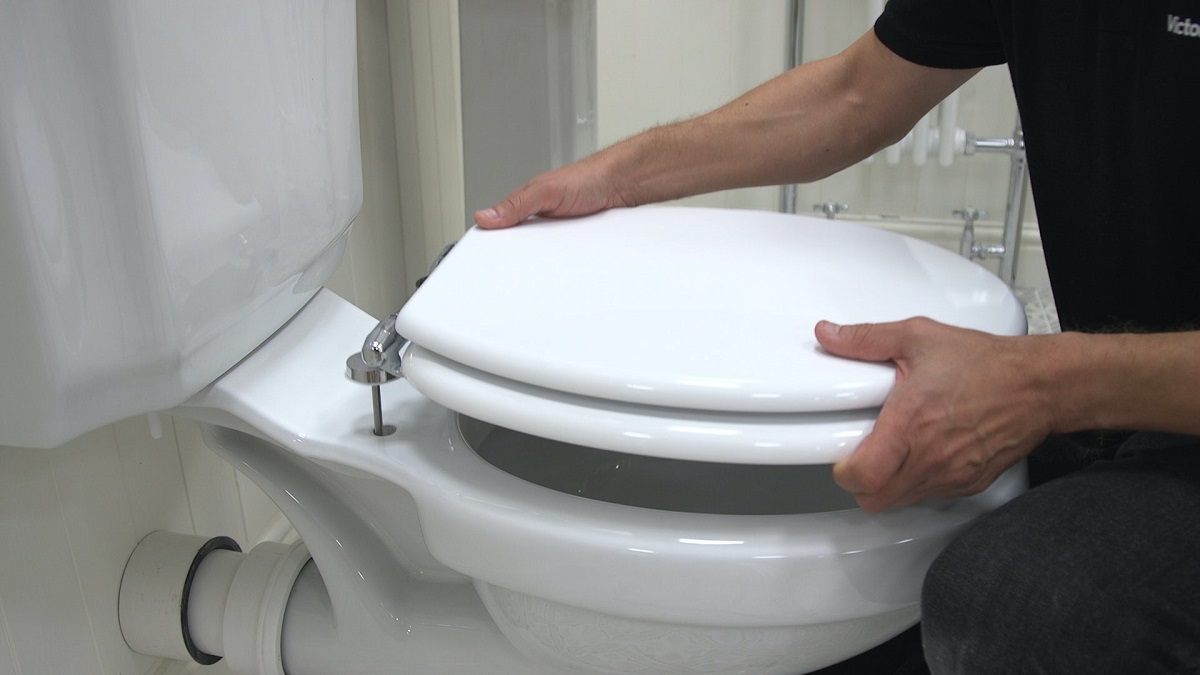
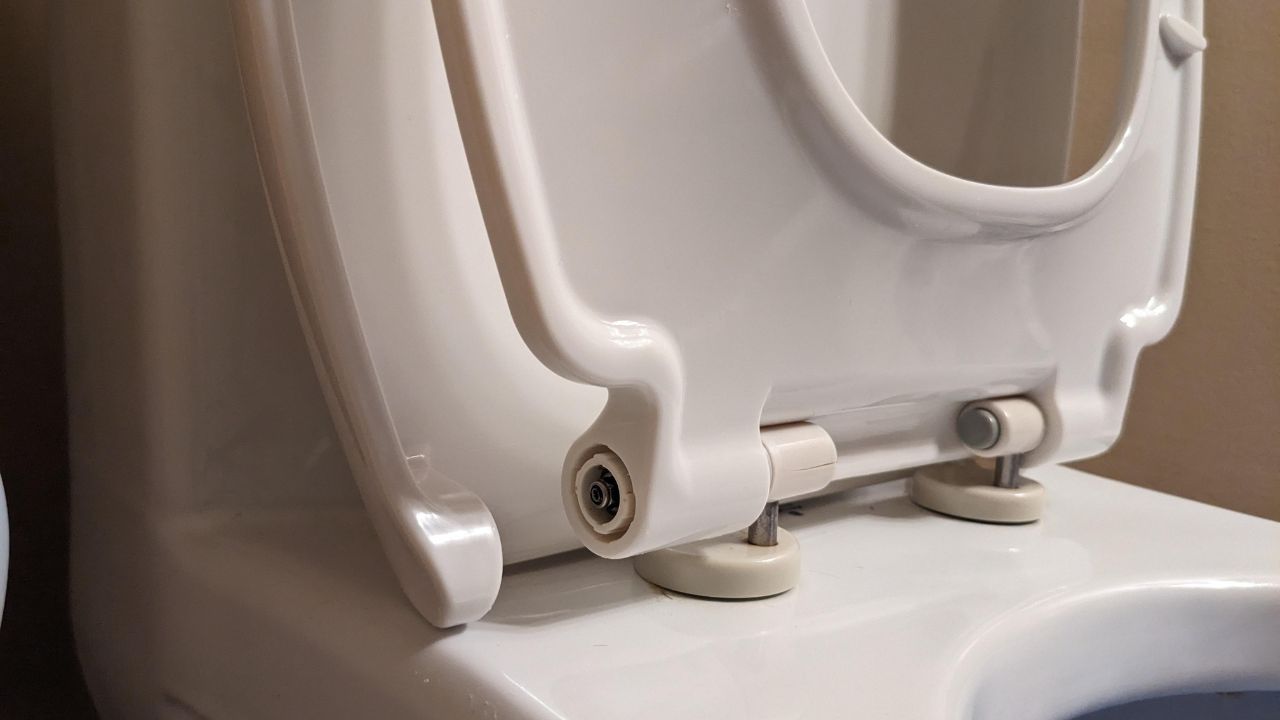
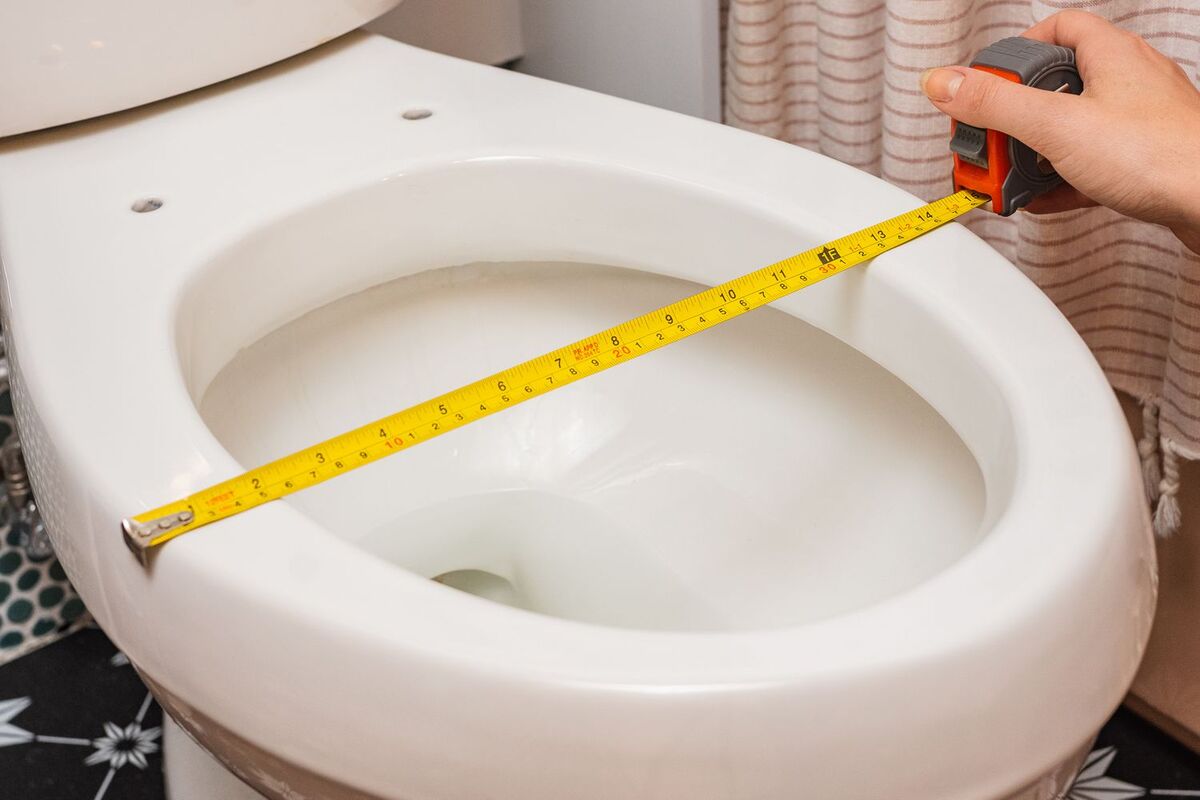
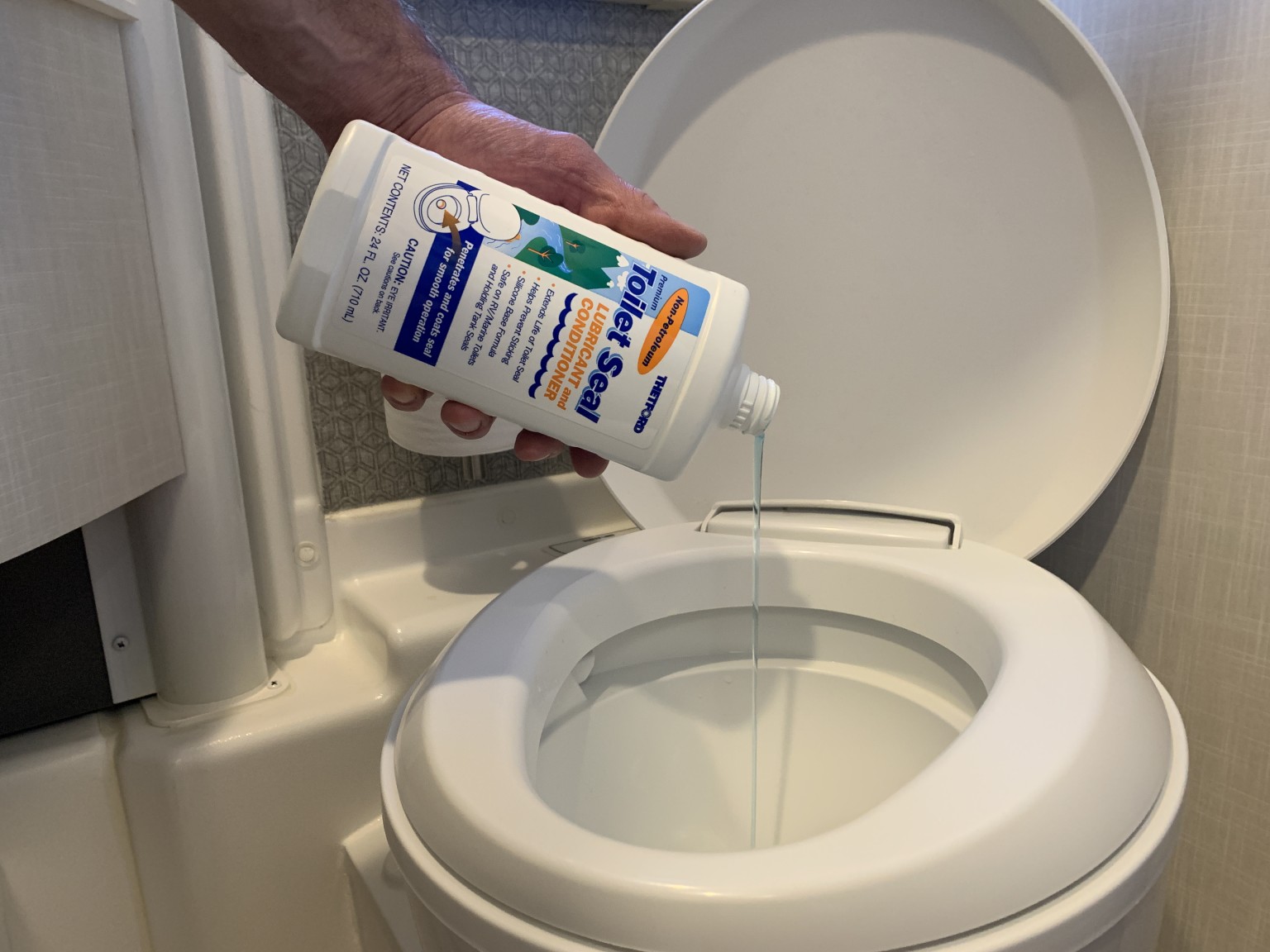
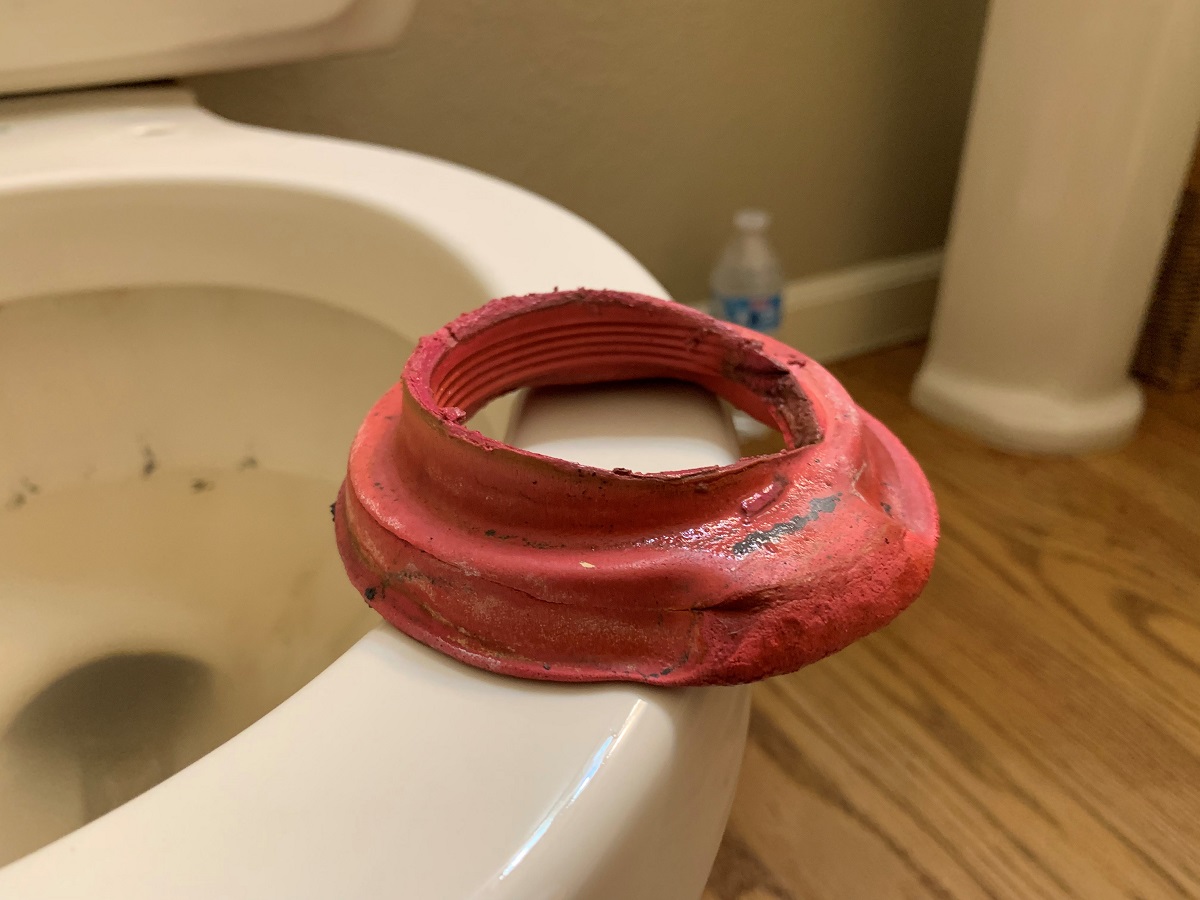
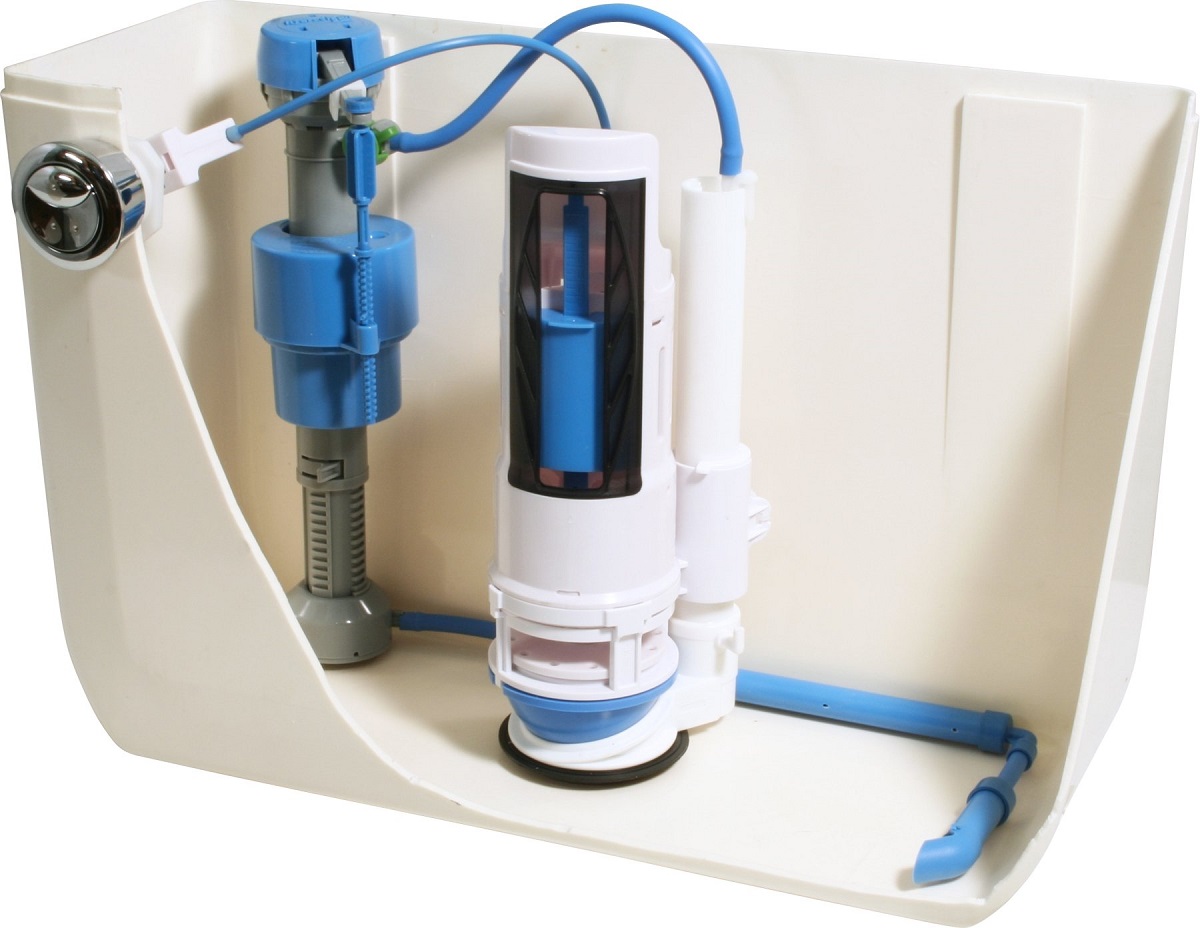
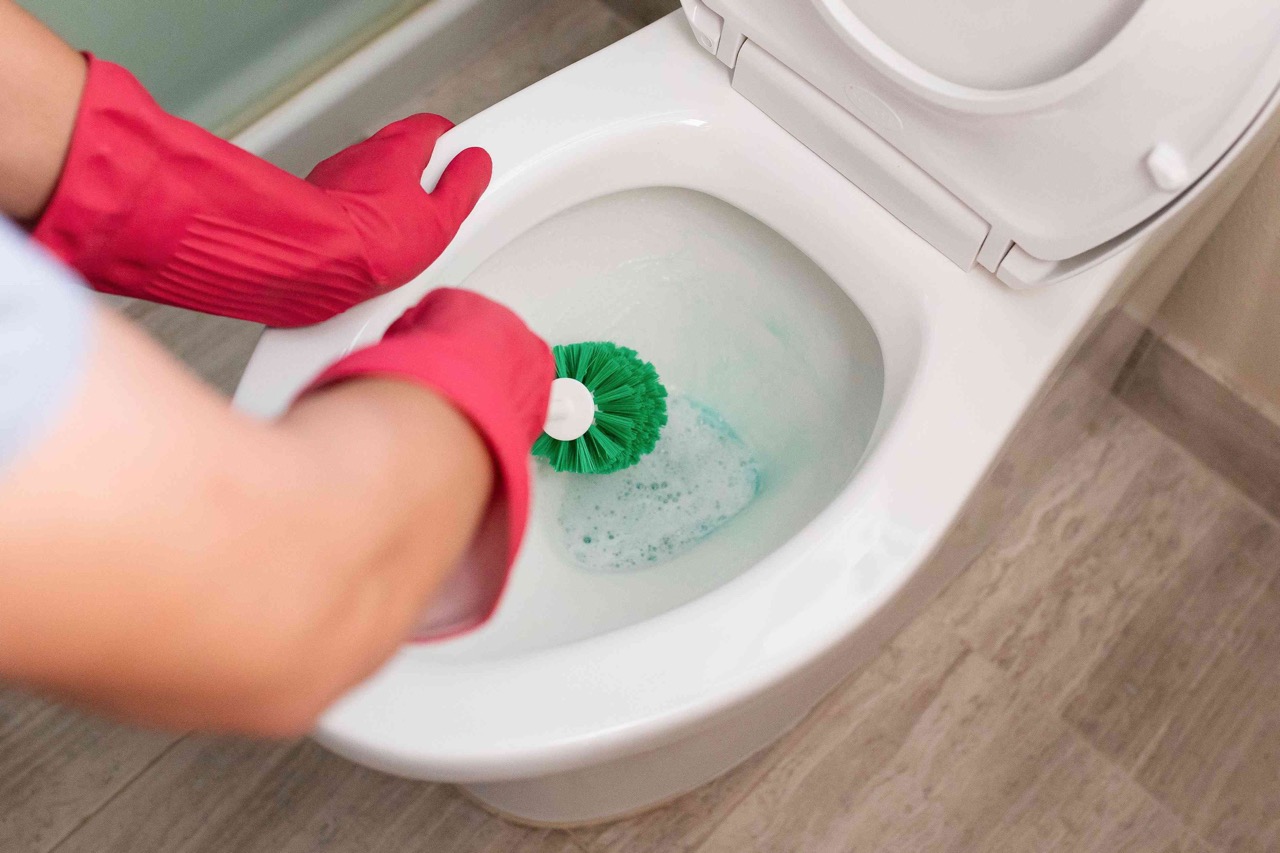
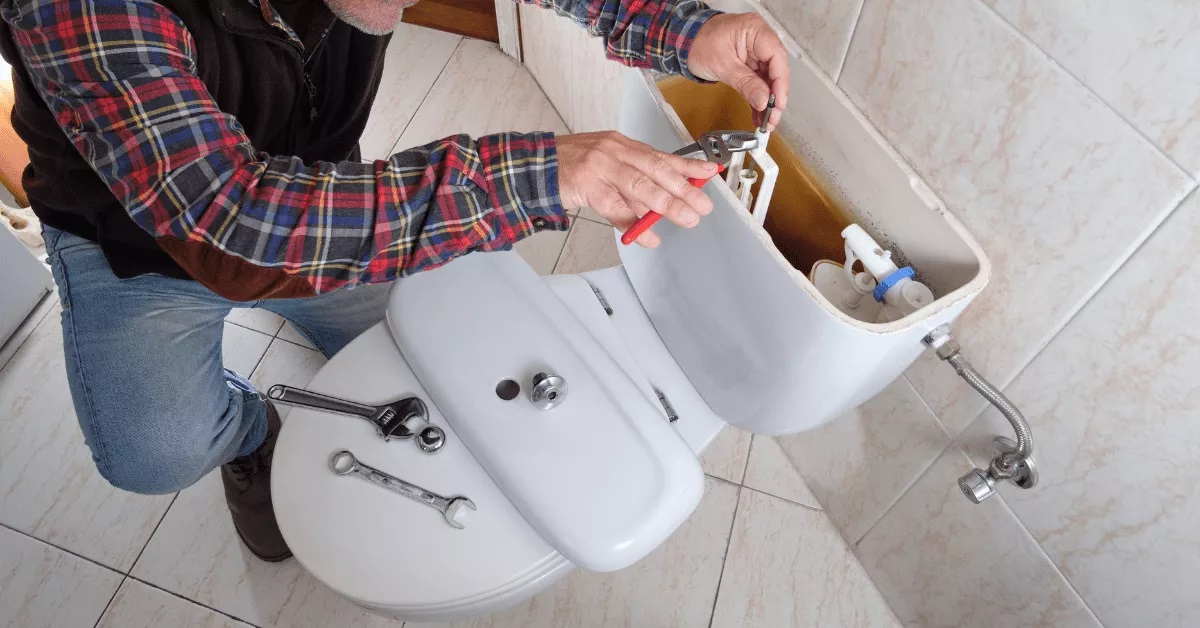
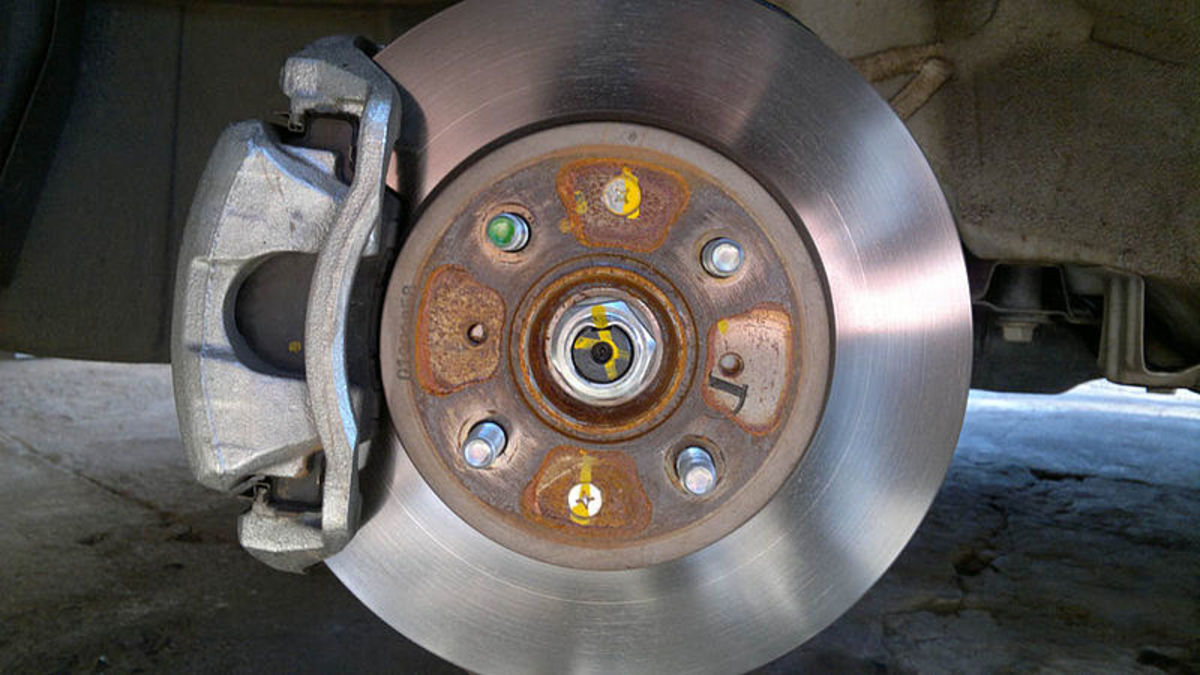
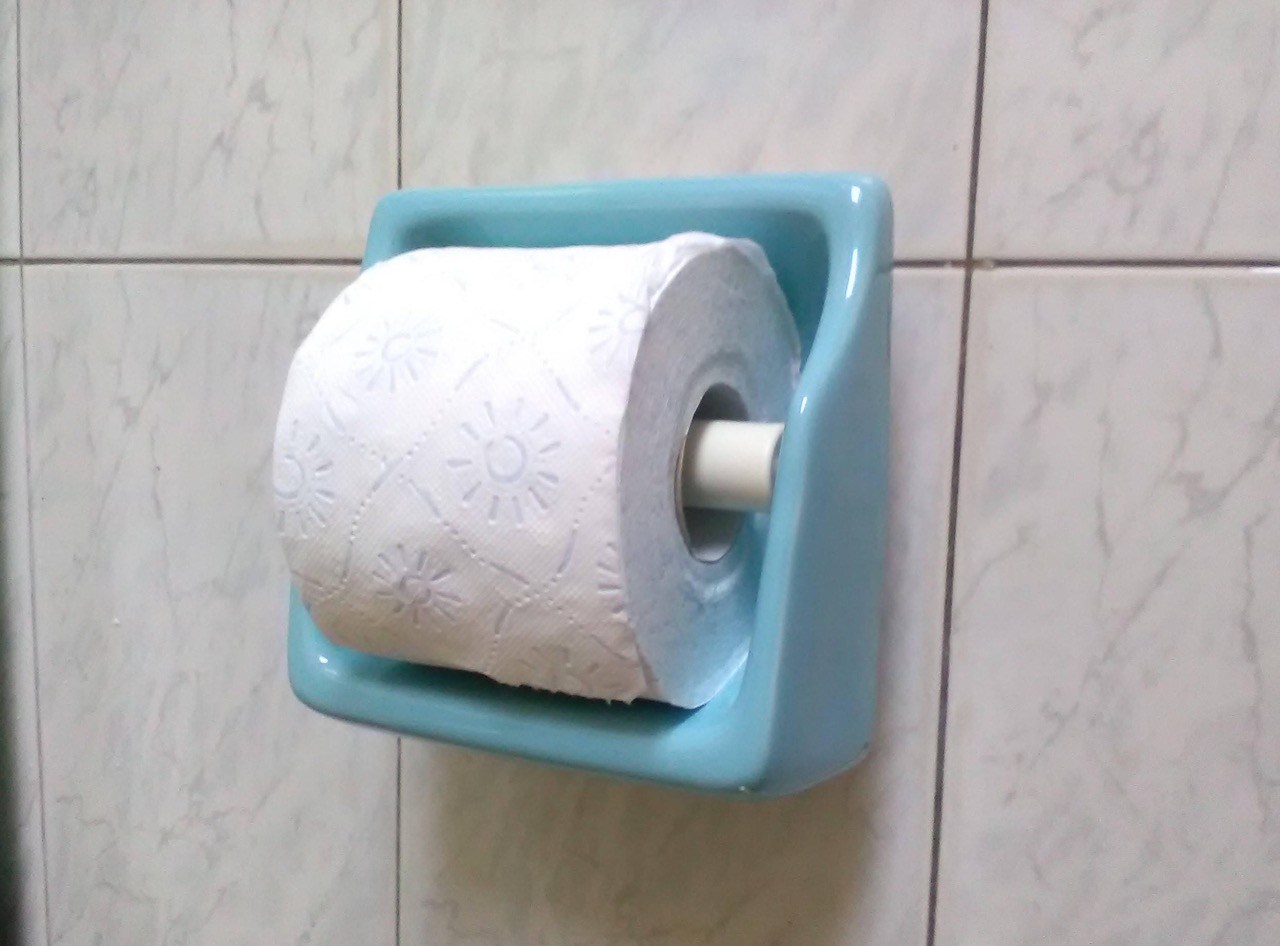
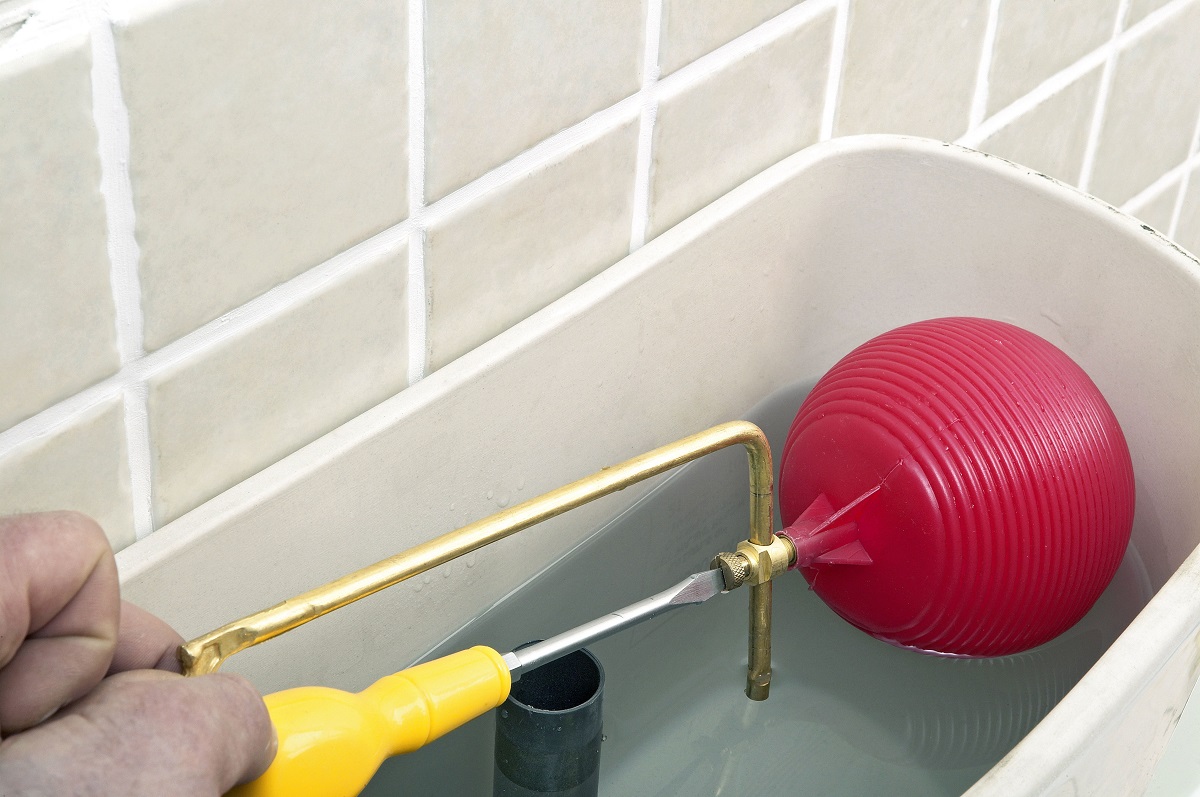
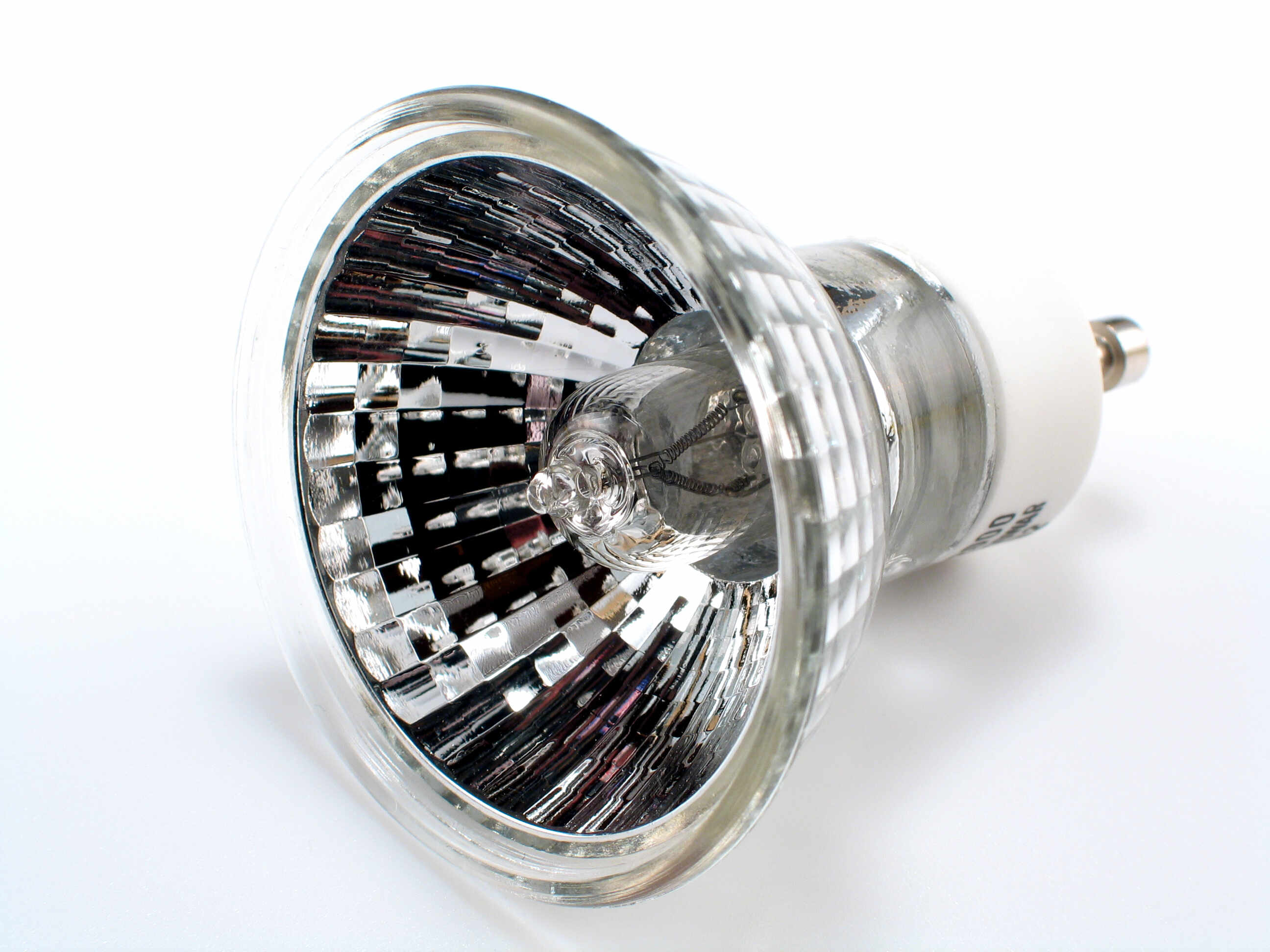
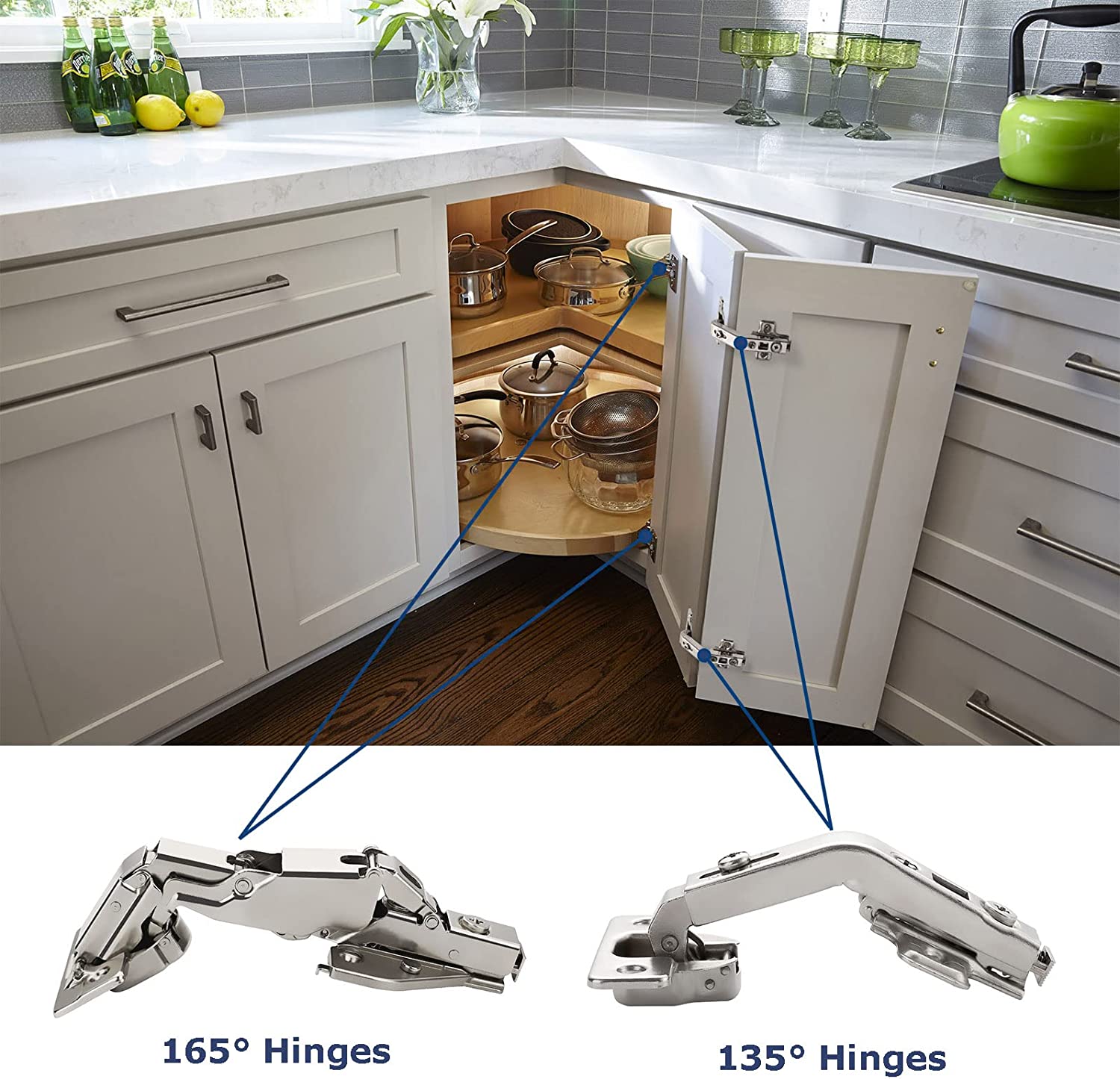


0 thoughts on “How To Replace A Toilet”